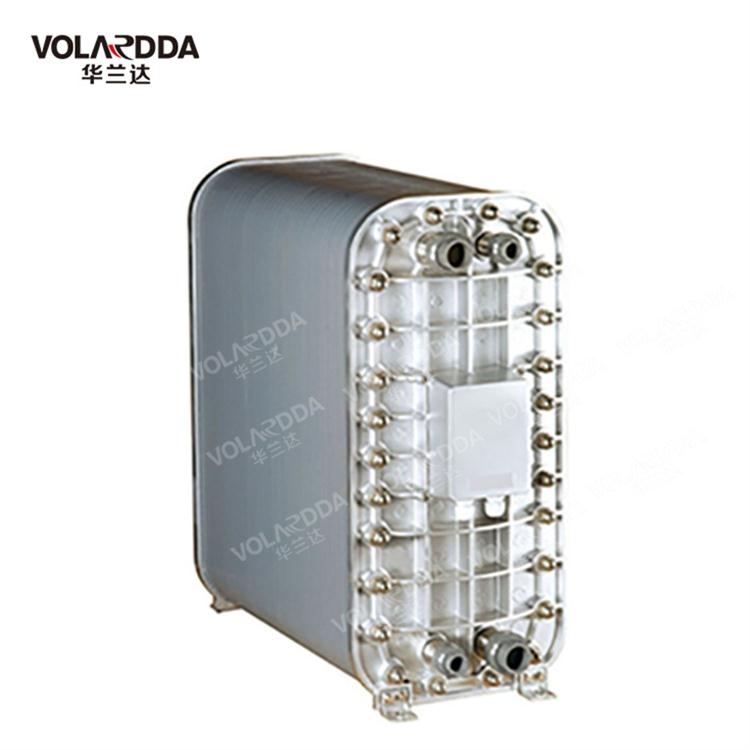
EDI is a high-purity water manufacturing technology that combines ion exchange technology, ion exchange membrane technology and ion electromigration technology (electrodialysis technology). This technology uses ion exchange energy to deeply desalinate to overcome electrodialysis polarization and the desalination is not clean, and uses electrodialysis polarization to generate H and OH ions to generate H and OH ions to achieve resin self-regeneration to overcome the defects of regeneration by chemical agents after resin failure. It is a new technology that has gradually emerged since the 1980s. After more than ten years of development, EDI technology has occupied a considerable part of the ultrapure water market in North America and Europe. The EDI device is a refined water system, and is generally used in conjunction with reverse osmosis (RO) to form an ultrapure water treatment system for pretreatment, reverse osmosis, and EDI devices, which replaces the mixed ion exchange equipment of the traditional water treatment process. The water inlet requirement of EDI device is 0.025-0.5MΩ·cm resistivity, and reverse osmosis equipment can meet the requirements. EDI pure water equipment can produce ultra-pure water with a resistivity of over 18MΩ·cm.

1. Electronics, electricity, electroplating, lighting appliances, laboratories, food, paper, daily chemicals, building materials, paint, batteries, laboratory, biology, pharmacy, petroleum, chemical, steel, glass and other fields.
2. Purified water for chemical process water, chemical agents, cosmetics, etc.
3. Single/polysilicon, semiconductor wafer cutting and manufacturing, semiconductor chips, semiconductor packaging, lead cabinets, integrated circuits, liquid crystal displays, conductive glass, batteries (batteries), picture tubes, circuit boards, optical communications, computer components, capacitors, clean products And various components and other production processes use pure water.










